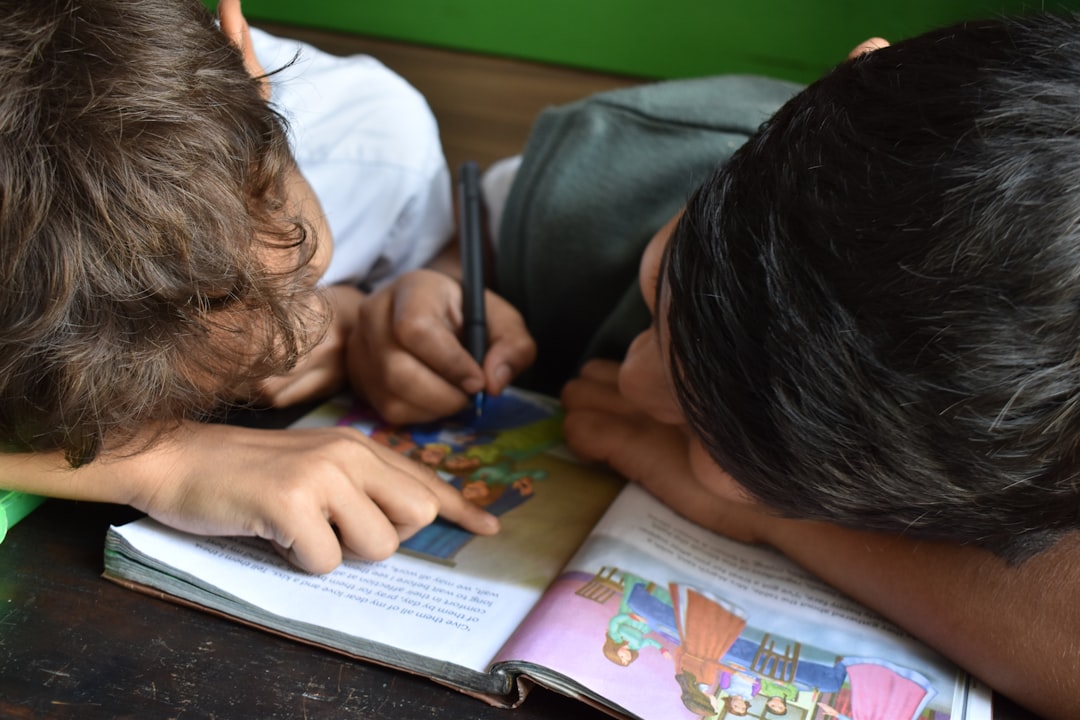What is it about?
Using a students’ workshop as a laboratory, this article summarizes the observation of three years’ implementation of a new study module for a Bachelor Program in Engineering Design (Interior and Furniture Design) at the University of Forestry in Sofia, Bulgaria. The article offers an analysis of group dynamics and the difficulties and issues observed during the process. Data from survey questionnaires are interpreted; proposals are made for future research. The need of better understanding a team ‘code’ of behavior and preparation for an active learning method was felt. A proposal leading to a mixed-team organization for better support of first-time participants in the module is made.
Featured Image
Why is it important?
The inclusion of TPBL as a teaching method for students of applied science programs makes education more attractive, closer to real business environment. It attracts companies and lecturers well known in their field to become part of educational process. The students learn and apply the engineering design process: the definition of functional requirements, conceptualization, analysis, identifying risks and counter measures, selection, and physical prototyping. By working in teams students develop leadership skills and effective group dynamics; deal with scheduling conflicts, meet deliverables and deadlines; and improve communication among themselves, project sponsors, and Teacher Team.
Read the Original
This page is a summary of: Project-based learning in engineering design in Bulgaria: expectations, experiments and results, European Journal of Engineering Education, October 2016, Taylor & Francis,
DOI: 10.1080/03043797.2016.1235140.
You can read the full text:
Contributors
The following have contributed to this page










